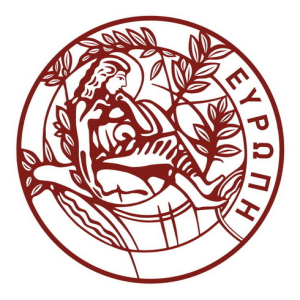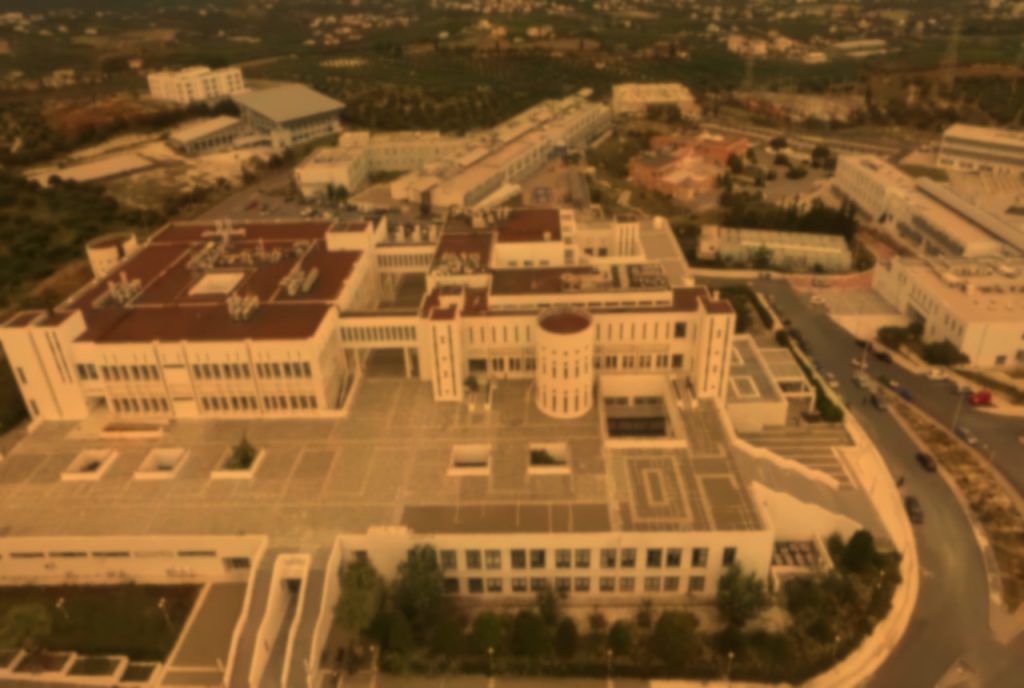The University of Crete

The University of Crete is a young public educational institution committed to excellence in research and teaching. Established in 1973, the University accepted its first students in 1977-78. It now has 16 Departments in 5 Schools (Philosophy, Education, Social, Economic & Political Sciences, Sciences & Engineering, and Medicine) as well as a number of affiliated research-oriented institutions, including the Skinakas Observatory, the Natural History Museum, and the University General Hospital. Currently, over 16,000 undergraduates and 2500 postgraduate students are registered here. They are educated by an outward looking academic faculty of around 500 members, supported by adjunct lecturers, post-doctoral researchers, laboratory support staff and instructors, as well as around 300 technical and administrative support staff.
The international orientation of the University is reflected in its track record of collaborations with many of the leading research and educational institutions in Europe and worldwide as well as active promotion of mobility and exchange programs. Research and research training at all levels benefits also from the close collaboration between many of the University’s research groups with the Institutes of the Foundation for Research and Technology – Hellas (FORTH) and the Institute of Marine Biology, Biotechnology and Aquaculture (IMBBC)
Reflecting its research activity and associated initiatives, the University of Crete is the first Greek University to have signed the EU Charter and the Code for the recruitment of researchers, and forms part of the Euraxess European network for the mobility of researchers. The University fully participates in quality assurance mechanisms both for its academic and administrative structures, and it is a strategic choice of the University that there will be an ongoing effort to meet quality in all its structures.
Located at campuses in Heraklion and Rethymnon on the island of Crete, a site rich in ancient and modern Mediterranean cultures, the University offers a vibrant social and intellectual environment for research and education. As such, whether your contact with the University is brief or long-term, we trust it will be rewarding.
You can find more information in the university website and at the following video.

